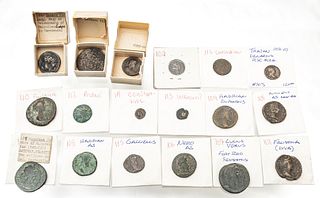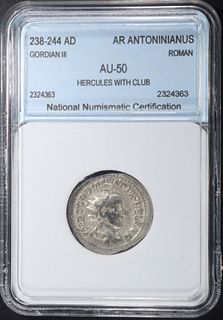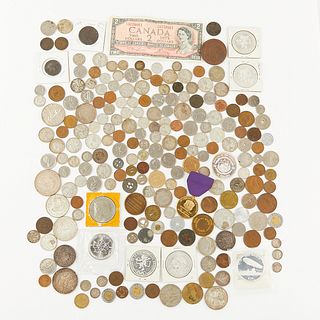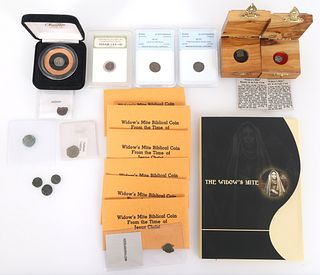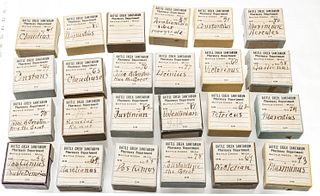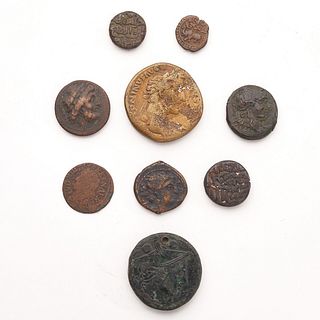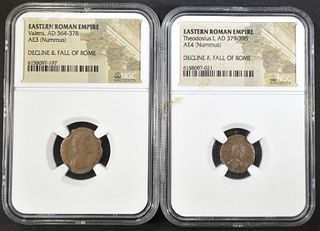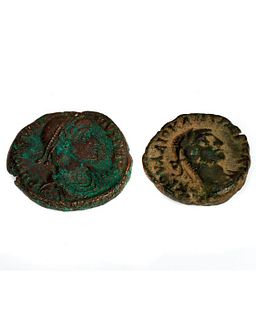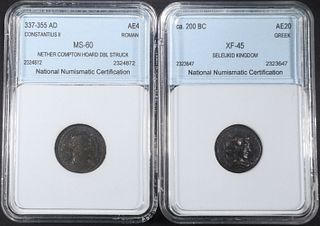Roman coins continue to be highly coveted around the world, which make them an appealing and rewarding investment. More than just a form of money in ancient Rome, these precious metal coins were a way for the people to express their spiritual ideals and deities in miniature form. Roman coins are very sought-after antique artifacts that have been around for centuries, like the Denarius. Coins from ancient Roman St Helena, Constantine, Antoninus, and Petherton Hoard Victorinus are among the most popular treasures. Roman-controlled regions still have large quantities of ancient coins buried under their territories, awaiting discovery and sale by collectors. A coin from the Ancient World is like holding a piece of history. It is now possible for collectors to view and own the portraits of almost 90 rulers between 27 BC and 476 AD, and witness their history on online auction Bidsquare.
Roman currency evolved with the empire through time, reflecting its expansion and growth. From aes rude to aes grave, the transition signaled the beginning of a long-lasting coinage system. The coins were adorned with images symbolizing religious authority, emperors, their families, political influence, and representations of mythological figures. Italy was the first place to mint Roman coins around the end of the 4th century BC, and the process continued through 476 AD when the Roman Empire fell. There was a continuous fluctuation in denominations and values, but some coins, like the sestertii and denarii, became some of the most recognizable coins in history. Aside from facilitating trade and taxes, these coins reveal important details about ancient economic and political systems in that period. Antique Roman coins can be collected in numerous ways since they have been in circulation for eight centuries.
Ancient Roman coins featured portraits of prominent Roman figures on their front faces, usually of emperors, notable leaders, or their families. They were typically shown in profile, accompanied by descriptive text. A variety of images adorned the reverse side of the coins, including inscriptions, battle scenes, and even portraits of former emperors.
The Roman provincial coins were introduced in the late third century BC, but gained popularity in imperial times, between the first century BC and the fourth century AD. There were various sizes and denominations of coins made from silver, bronze, and gold. Roman Republican coins were produced between 509 and 27 BC, starting with the bronze Aes Signatum of the 4th century BC.
Roman Imperatorial coins were minted between 49 BC and 27 BC in times of civil war in the Roman Republic. Military leaders' images, including eagles and crowns, appeared on their coins. There were also allegorical figures, along with images of gods or goddesses. Aurae and denarii dominated the coinage.
Roman Imperial coins were issued between 27 BC and 476 AD. These coins were of a wide variety of denominations in three different metals, such as gold aureus coins, silver denarii coins, and bronze asses coins. The obverse of these coins often contained emperor images, while the reverse featured religious or political symbols. Latin inscriptions on coins often included references to emperors and support messages. A few notable coins were made by Augustus, Hadrian, Trajan, and Constantine the Great.
Roman Coin & Currency for Auction
Bidsquare online auction website offers ancient Roman coins for auction dating back to different periods of the Roman era. Coins are made for specific reasons, with specific values, and represent specific things. All produced by important Roman leaders, these pieces come in a variety of materials with different denominations. Gold, silver, copper, and brass were often used in making Roman coins. There are a variety of Roman provincial coins to be found on Bidsquare, such as those issued by Egypt or Syria.
Looking for auctions near me ? Visit Bidsquare's auction near me page to discover upcoming auctions near you.
 Estimate$1,800 - $2,000
Estimate$1,800 - $2,000 Estimate$35 - $10,000
Estimate$35 - $10,000 Estimate$150 - $250
Estimate$150 - $250 Estimate$500 - $1,000
Estimate$500 - $1,000


 EUR
EUR CAD
CAD AUD
AUD GBP
GBP MXN
MXN HKD
HKD CNY
CNY MYR
MYR SEK
SEK SGD
SGD CHF
CHF THB
THB Live Auction in Progress
Live Auction in Progress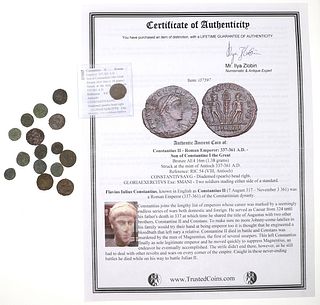
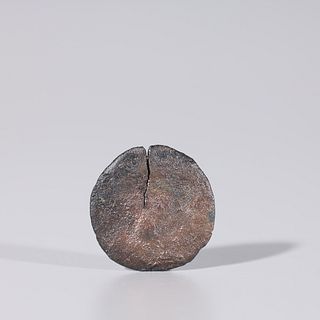
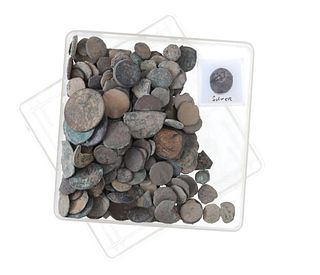
![260 AD Gallienus Bronze Antoninianus Ancient Roman Coins [4 Coins]](https://s1.img.bidsquare.com/item/m/2780/27807815.jpeg?t=1SVo4W)

![260 AD Gallienus Bronze Antoninianus Ancient Roman Coins [4 Coins]](https://s1.img.bidsquare.com/item/m/2851/28517977.jpeg?t=1TbCDi)
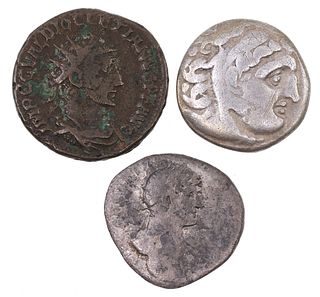
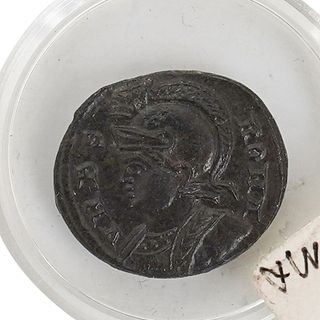

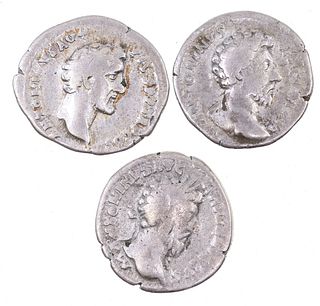
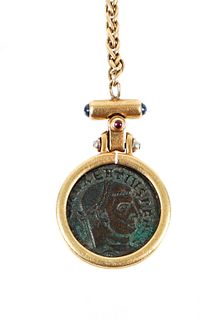
![- Ancient Roman Copper Coinage [2 Coins] HIGH GRADE](https://s1.img.bidsquare.com/item/m/2820/28206995.jpeg?t=1T3EHM)

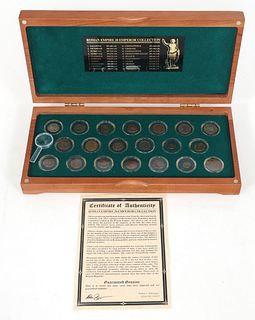
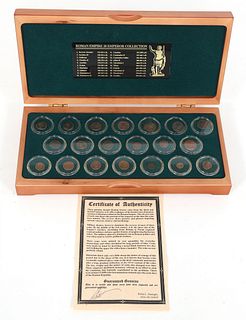
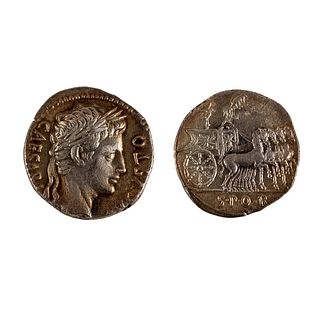
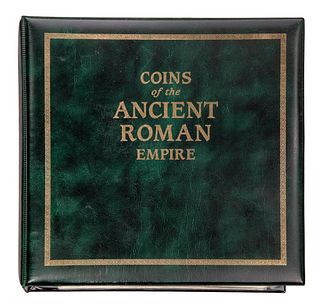
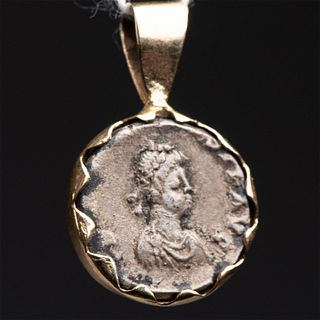

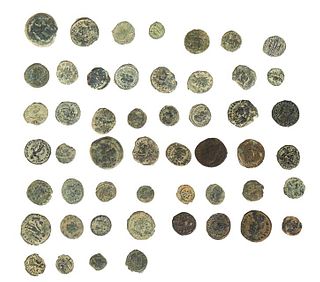
![[5]288-272 BC/260-379 AD Ancient Greek and Roman Coins](https://s1.img.bidsquare.com/item/m/2828/28287540.jpeg?t=1T5NHW)

